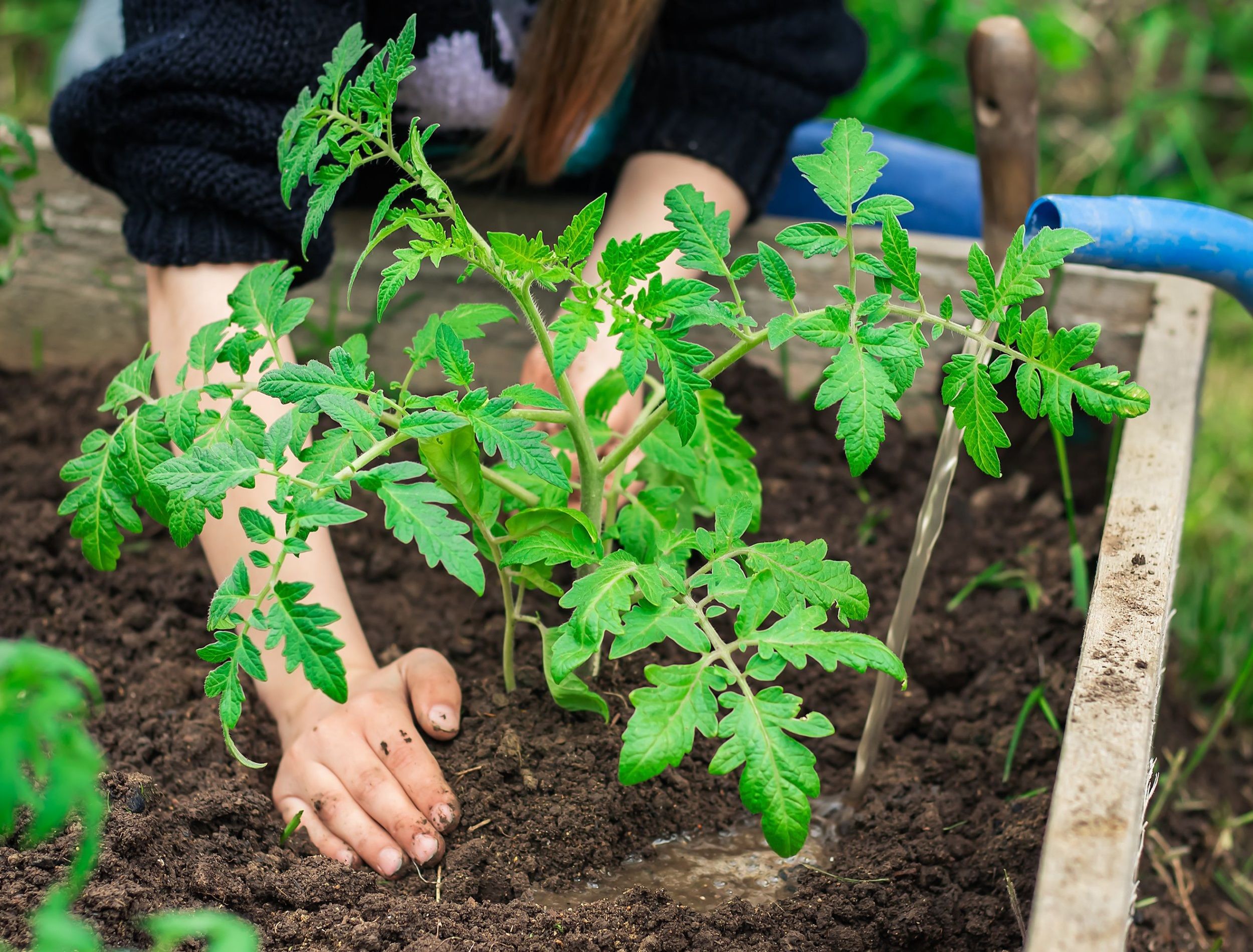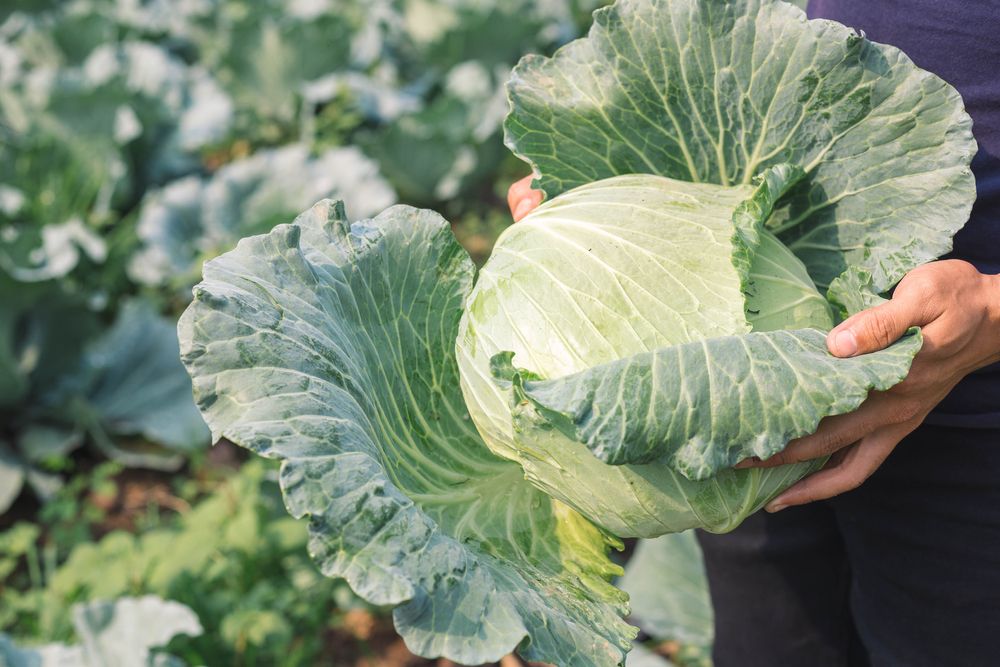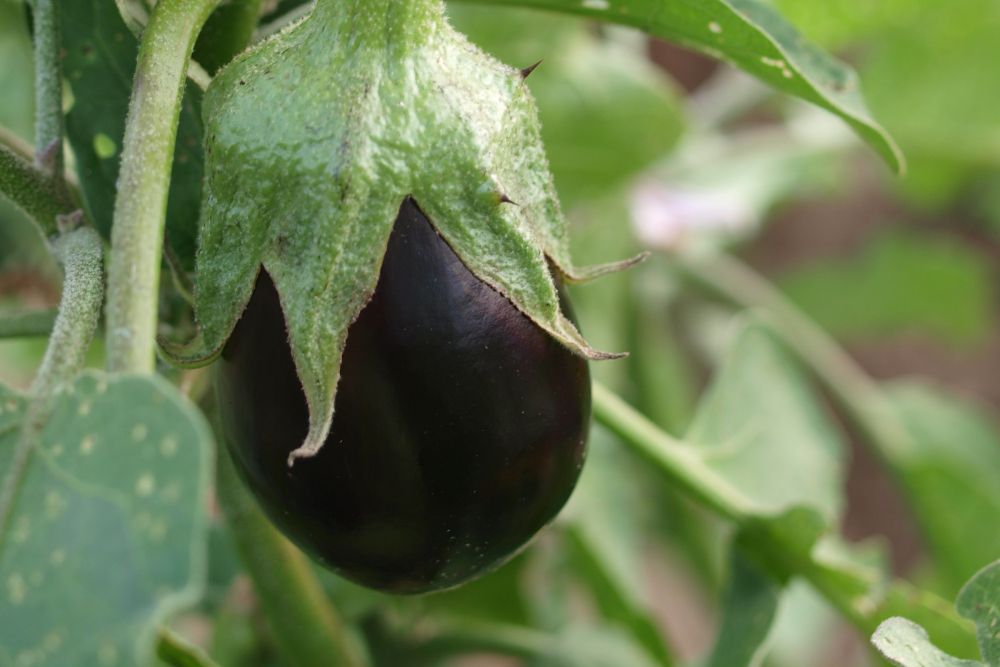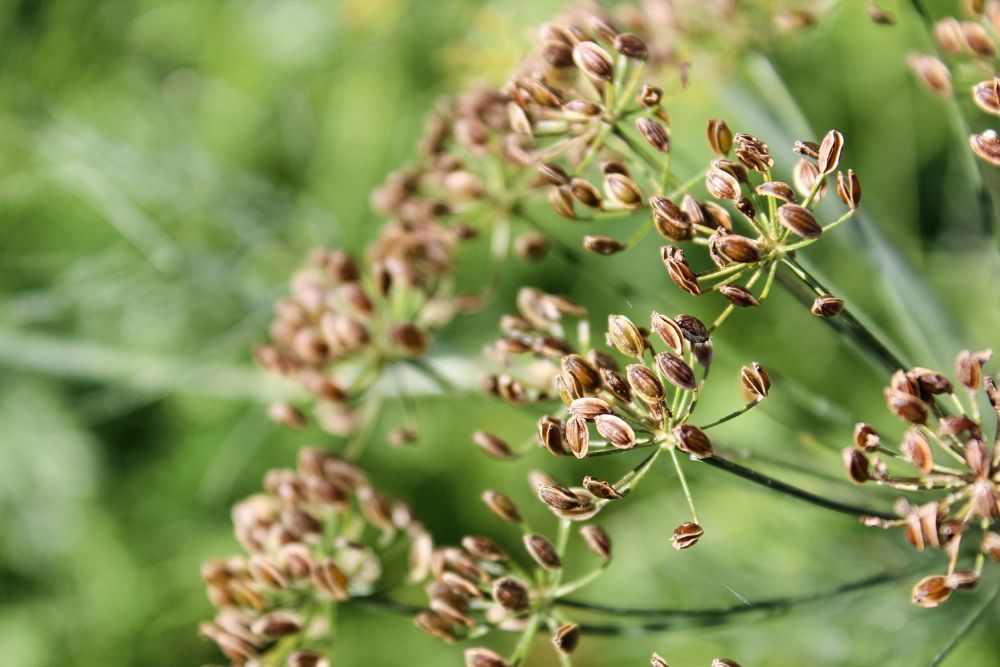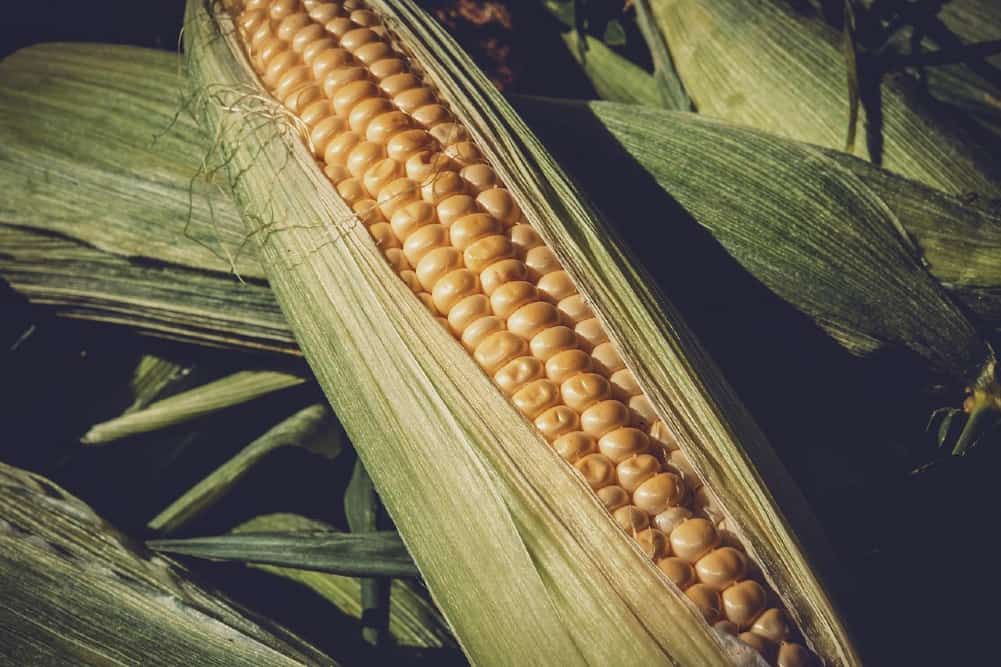Companion planting is incredibly beneficial for your crops. It's an organic way to increase the growth and yield of your vegetable garden since certain plant combinations improve pollination, inhibit disease, and protect against pest attacks. However, not all plants are suitable for companion planting.
When growing tomatoes at home, keeping the following plants away from your crop is best. These neighbors are notorious for competing with tomatoes for nutrients or promoting disease, leading to stunted growth, poor yield, and even plant death.
So, here are eight troublemakers to keep away for your precious tomatoes.
1. Cabbage
Image credits: Parkin Srihawong via Shutterstock
Cabbage belongs to the Brassica family, which does not pair well with tomatoes. Firstly, both tomatoes and cabbage are heavy feeders. They compete for the nutrients in the soil, so neither plant can flourish when planted in close proximity.
Secondly, like most other brassicas, the cabbage plant exudes chemicals into the soil, inhibiting tomato development. This chemical inhibition is called allelopathy. The chemical enters the tomato plant roots, hindering them from absorbing nutrients and water from the soil.
Finally, the tomato plant naturally produces ethylene, which promotes fruit ripening. This gas can stunt the growth of cabbages. Therefore, it is best to plant tomatoes and cabbages far from each other.
2. Eggplants
Image Credits: Diane Helentjaris via Unsplash
Tomatoes and eggplants belong to the nightshade family, meaning they succumb to the same diseases and pests. When a disease or pest attacks one plant, it can spread rapidly to the neighboring plants susceptible to them. Consequently, the devastation is multiplied.
Some common diseases plaguing the nightshade family include early and late blight. This disease develops and festers in the soil, affecting any nightshade member planted there. Additionally, they attract pests such as aphids, hornworms, mites, and flea beetles, which can quickly ravage a row of plants.
3. Dill
Image credits: akchamczuk via Canva
Tomatoes and dill have a complicated relationship. Young dill makes an excellent companion plant for tomatoes, as it repels harmful pests, like hornworms and spider mites, and attracts beneficial insects, such as praying mantis. It also enhances the growth of tomato plants. In return, tomato plants shelter dill from the wind.
However, once the dill plant matures, it harms the tomato plant, stunting its growth. Dill is also allelopathic, exuding chemicals in the soil that affect the tomato plant roots. A word of advice, keep dill and tomatoes away from each other in the garden bed.
4. Potatoes
Image credits: Clearphoto via Canva
Potatoes are another nightshade species, which resemble tomatoes most closely than any other family member. They also share many diseases and pests, such as late blight and hornworms. Planting them together increases the vulnerability of both plants.
Additionally, potatoes are root vegetables that grow underground, and harvesting them requires a lot of digging. On the other hand, the bulk of tomato plant roots lies close to the surface, which makes them delicate. When digging for potatoes, you can damage the roots of your tomato plants growing nearby.
5. Fennel
Image credits: Schwoaze via Pixabay
Fennel does not make a good companion plant for a majority of crops. It secretes a substance from its roots that inhibits the growth of numerous fruits and vegetables grown in its vicinity. Some of these include tomatoes, bush beans, and kohlrabi.
Moreover, fennel is invasive when provided with the right conditions, i.e., plenty of sunlight and rich, moist soil. So, to maintain a healthy, thriving vegetable garden, keep fennel out of it or grow it away from the rest of your plants.
6. Corn
Image credits: Couleur via Pixabay
Tomatoes and corn do not function well in the vegetable garden because they share the same pest -- It is known as the tomato fruit worm or the corn earworm. Planting them together increases the probability of an attack from this tomato-and-corn-loving worm and the devastation of both plants simultaneously.
7. Rosemary
Image credits: Karolina Grabowska via Pexels
The reason for planting tomatoes and rosemary away from each other differs from the other problems mentioned thus far. For starters, tomatoes are sun-loving plants requiring at least eight hours of sunlight daily. The rosemary bush can cast a shadow on the tomatoes, preventing them from soaking in the sun they need to thrive.
Tomatoes also require frequent watering, especially in the summer when the soil dries much faster. On the other hand, rosemary only needs moderate watering, or it can develop root rot.
The pungent aroma of the herb can also overwhelm tomatoes' flavor, though it may not be such a bad thing for certain dishes. In general, it is ideal if tomatoes and rosemary do not share the same growing space,
8. Walnuts
Image credits: JamesDeMers via Pixabay
You should not grow tomatoes within 50 feet of the black walnut tree's drip line. The tree's roots, nuts, and leaves produce juglone, a chemical toxic to certain nightshade plants, including tomatoes.
This toxin can cause the tomato plant to develop a disease called walnut wilt. Once your plant is affected, the symptoms appear suddenly, and no remedy exists! Your beautiful, lush green tomato plant will wither and wilt overnight and die within a few days.
Even if you remove the tree, wait at least two years before planting tomatoes in the area, as the roots can continue to release juglone in the soil for a couple of years.
Protect the Tomatoes
Tomatoes look stunning in your garden, as the rich, dark green foliage brilliantly offsets the vibrant red fruits. However, a few pesky plants can ruin the beauty of your plant by affecting its growth, making them vulnerable to disease and pests, or causing the leaves to wilt. So, it is best to choose beneficial companions for your tomatoes that promote the overall well-being of the crop.
Have you experienced the downfall of your tomato plant due to surrounding crops? Share below in the comments!

